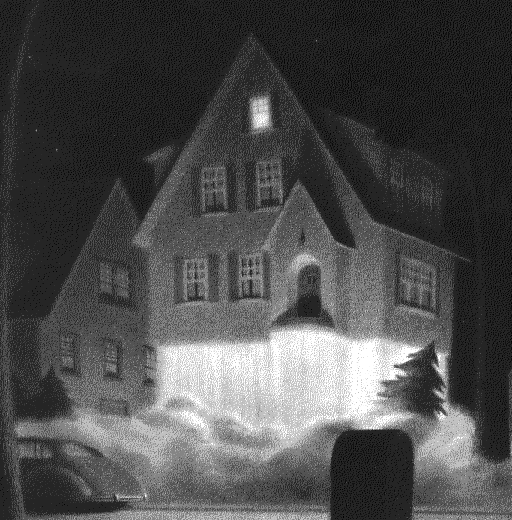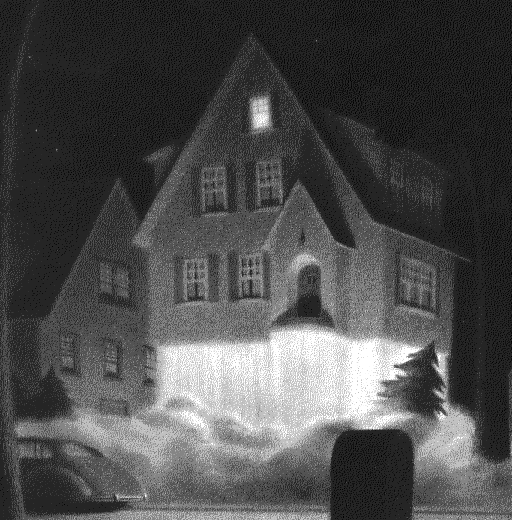A Japanese company called Air Danshin Systems can make houses fly. Not all the time, and not for particularly long. But when it counts — during an earthquake — the company’s technology can levitate a house more than an inch off its foundation. That means that while the earth shakes, the house stays safe.
Here’s how it works: An alarm registers an earthquake and turns on the system, which blasts compressed air between the house and its foundation. The air suspends the house for those endless seconds that the earth is quaking. And then the house settles back onto the earthquake-resistant and presumably still-intact foundation.
Since they live on an earthquake- and tsunami-prone island nation, it’s not surprising that the Japanese are better at disaster preparedness than everyone else. That doesn’t mean they’re immune for damage: Fukushima’s proof enough of that. But when climate change makes disaster preparedness an even bigger business than it is now, these Japanese companies and their airborne houses will be raking it in.





